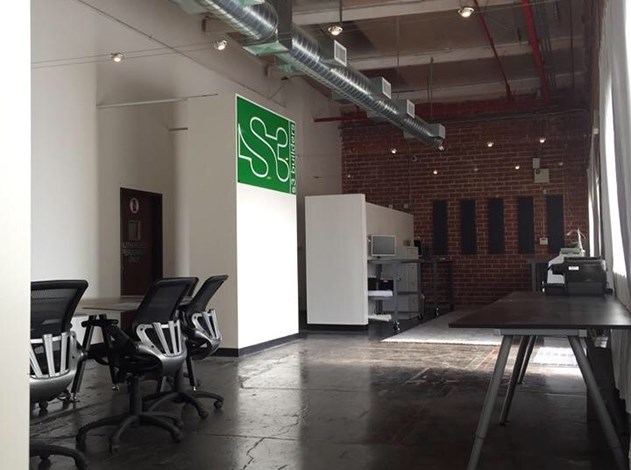Growth in Office T.I. Construction

Office improvements are on the ascent and are demonstrating the strongest increments in the commercial construction industry. As indicated by Dodge Data and Analysis, office construction increased by 9% from 2015 to 2016. In 2017, it is expected that approximately 110 million more square feet will be built and/or remodeled; this will result in a 10% increase from the previous year. It is anticipated that office development will keep growing until at least the close of 2018. As the demand for office space expands, it is vital to likewise consider the necessities of the inhabitants.
Open Office Concept
The open office concept started in the late 20th and early 21st century as a result of the changing work styles and innovations in technology. The requirement for private executive offices with reparative workstations was viewed as a relic of times gone by. Employers bolstered progressing to an open floor design since it empowered innovation and collaboration, while diminishing the measure of room required by every worker. For instance, as per Core Net Global, in 2001 every worker required roughly 300 square feet of workspace. In 2017, this number decreased to 151 square feet and it is anticipated that would be as low as 100 square feet within the next few years. Millenials, who by 2020 will make up 46% of the workforce, did not have an issue adjusting to these progressions. On the contrary, they embraced the open office concept as they had lower privacy demands and enjoyed the flexibility.
Hybrid Office Space
In recent years, the open office concept has shown signs of failure. Employees are noticing an increase in interruptions and a decrease in productivity. The frequency of distractions decreases the capacity concentrate and has hinted at making employees less motivated. As per an article by Building Design + Construction, "design strategies that prioritize collaborative space at the expense of individual’s ability to focus have a higher likelihood of backfiring." Therefore, employers and designers must rethink the open office concept, assess the organization’s needs, and create a hybrid office space that
- Continues to promotes autonomy
- Provides social hubs for collaborations
- Accommodates privacy for efficiency purposes
Finding such balance will be the challenge in the office construction trend in the upcoming years, but ultimately, a workplace must be designed to increase productivity, which consecutively will result in the increase of the bottom line.
